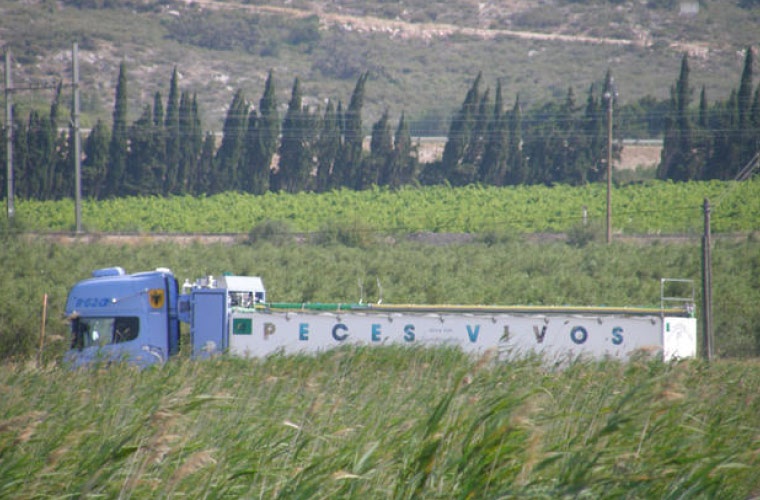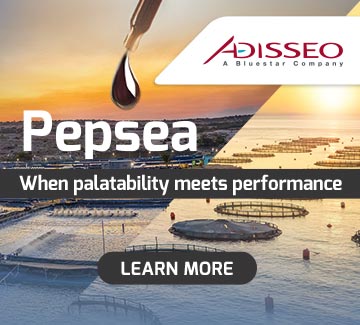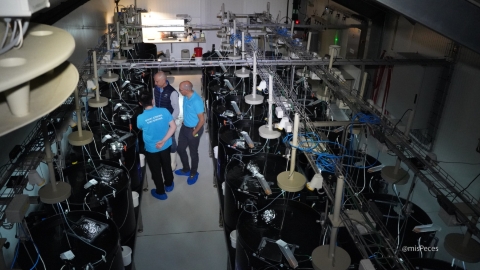
The Market Advisory Council (MAC) has issued a detailed opinion on the European Commission’s proposed revision of animal welfare rules during transport, warning that the current text could have unintended consequences for the EU aquaculture industry.
Published on 7 December 2023 under the Farm to Fork Strategy, the legislative proposal introduces, for the first time, specific welfare requirements for aquatic animals—including fish, cephalopods and decapods. While MAC supports stronger safeguards for animal wellbeing, it stresses that these must be balanced with operational realities and the economic sustainability of the sector.
According to MAC, the proposal requires significant adjustments to avoid creating disproportionate burdens for fish farmers and seafood businesses across the EU.
The MAC highlights ambiguity in the regulation’s scope, urging clearer exemptions and definitions. It recommends explicitly excluding live embryos, larvae and eggs of aquatic animals, and calls for the transport distance exempted for farmers moving their own stock to be increased from 50 km to 100 km—better reflecting how aquaculture operations are spread geographically.
The Council also argues that small retailers using their own vans for local deliveries of live aquatic animals should be exempt from transport authorisation requirements. Similarly, vessels engaged in primary production, including well-boats and cages used for species like bluefin tuna, should not fall within the regulation’s remit.
Additionally, MAC notes that the current definition of “aquatic animals” fails to account for the distinct biological characteristics of bivalve molluscs, which, it argues, should not be subject to the same rules. The Council also recommends inserting a clear definition of “well-boats” to avoid confusion with livestock vessels used for terrestrial animals.
On the issue of decapods, MAC raises concerns over the practicality of transport requirements for species such as lobster and brown crab. These animals can enter a dormant “torpor” state in cold, moist conditions, making waterless transport with damp cloth and gel packs both safe and effective.
In 2023, the EU imported 10 million kg of live lobster, mainly from Canada and the US. Meanwhile, over 2 million kg of live brown crab were exported to China in 2022, with intra-EU transport also frequent. Given these volumes and varied practices, MAC argues that prescribing a single transport method would be unworkable, and operators should be allowed to choose methods that demonstrate appropriate respect for animal welfare.
The draft regulation also proposes continuous monitoring of water parameters such as CO₂ and ammonia. However, MAC points out that most transport vehicles are not equipped for this, and current best practices—such as handheld checks for oxygen and temperature—are already effective and widely used.
Veterinary supervision, as proposed in Articles 17 and 25, is deemed impractical due to a shortage of qualified professionals. MAC suggests that experienced operators should be allowed to fulfil this role instead.
Further concerns are raised over the requirement for certification in the TRACES system for short-distance transport. The Council believes this could place undue burdens on small operators and should not apply to aquatic animals in such cases.
MAC urges the European Commission and Member States to clarify the expected financial impact of the proposed rules, including additional production costs, per-kilo price increases, and implications for the competitiveness of EU aquaculture products.
Finally, five key recommendations from the Market Advisory Council to improve legislation are: Amend the scope to reflect sector-specific realities, including relevant exemptions; clarify compliance mechanisms for third-country exporters; ensure flexibility in decapod transport methods; adjust technical requirements to match industry practices; and provide transparency on the financial implications of the new rules.
As the regulation enters the interinstitutional negotiation phase, MAC’s proposals are likely to play a critical role. While reiterating its support for improved animal protection, the Council insists that new rules must remain science-based, and proportionate-to safeguard both animal wellbeing and the viability of the aquaculture sector.


